Zone
Crash of a Boeing 737-31S near Grammatiko: 121 killed
Date & Time:
Aug 14, 2005 at 1203 LT
Registration:
5B-DBY
Survivors:
No
Schedule:
Larnaca – Athens – Prague
MSN:
29099
YOM:
1998
Flight number:
ZU522
Crew on board:
6
Crew fatalities:
Pax on board:
115
Pax fatalities:
Other fatalities:
Total fatalities:
121
Captain / Total hours on type:
5500.00
Copilot / Total hours on type:
3991
Aircraft flight hours:
17900
Aircraft flight cycles:
16085
Circumstances:
On 14 August 2005, a Boeing 737-300 aircraft, registration number 5B-DBY, operated by Helios Airways, departed Larnaca, Cyprus at 06:07 h for Prague, Czech Republic, via Athens, Hellas. The aircraft was cleared to climb to FL340 and to proceed direct to RDS VOR. As the aircraft climbed through 16 000 ft, the Captain contacted the company Operations Centre and reported a Take-off Configuration Warning and an Equipment Cooling system problem. Several communications between the Captain and the Operations Centre took place in the next eight minutes concerning the above problems and ended as the aircraft climbed through 28 900 ft. Thereafter, there was no response to radio calls to the aircraft. During the climb, at an aircraft altitude of 18 200 ft, the passenger oxygen masks deployed in the cabin. The aircraft leveled off at FL340 and continued on its programmed route. At 07:21 h, the aircraft flew over the KEA VOR, then over the Athens International Airport, and subsequently entered the KEA VOR holding pattern at 07:38 h. At 08:24 h, during the sixth holding pattern, the Boeing 737 was intercepted by two F-16 aircraft of the Hellenic Air Force. One of the F-16 pilots observed the aircraft at close range and reported at 08:32 h that the Captain’s seat was vacant, the First Officer’s seat was occupied by someone who
2 was slumped over the controls, the passenger oxygen masks were seen dangling and three motionless passengers were seen seated wearing oxygen masks in the cabin. No external damage or fire was noted and the aircraft was not responding to radio calls. At 08:49 h, he reported a person not wearing an oxygen mask entering the cockpit and occupying the Captain’s seat. The F-16 pilot tried to attract his attention without success. At 08:50 h, the left engine flamed out due to fuel depletion and the aircraft started descending. At 08:54 h, two MAYDAY messages were recorded on the CVR. At 09:00 h, the right engine also flamed out at an altitude of approximately 7 100 ft. The aircraft continued descending rapidly and impacted hilly terrain at 09:03 h in the vicinity of Grammatiko village, Hellas, approximately 33 km northwest of the Athens International Airport. The 115 passengers and 6 crew members on board were fatally injured. The aircraft
was destroyed.
2 was slumped over the controls, the passenger oxygen masks were seen dangling and three motionless passengers were seen seated wearing oxygen masks in the cabin. No external damage or fire was noted and the aircraft was not responding to radio calls. At 08:49 h, he reported a person not wearing an oxygen mask entering the cockpit and occupying the Captain’s seat. The F-16 pilot tried to attract his attention without success. At 08:50 h, the left engine flamed out due to fuel depletion and the aircraft started descending. At 08:54 h, two MAYDAY messages were recorded on the CVR. At 09:00 h, the right engine also flamed out at an altitude of approximately 7 100 ft. The aircraft continued descending rapidly and impacted hilly terrain at 09:03 h in the vicinity of Grammatiko village, Hellas, approximately 33 km northwest of the Athens International Airport. The 115 passengers and 6 crew members on board were fatally injured. The aircraft
was destroyed.
Probable cause:
Direct Causes:
1. Non-recognition that the cabin pressurization mode selector was in the MAN (manual) position during the performance of the:
a) Preflight procedure;
b) Before Start checklist; and
c) After Takeoff checklist.
2. Non-identification of the warnings and the reasons for the activation of the warnings (cabin altitude warning horn, passenger oxygen masks deployment indication, Master Caution), and continuation of the climb.
3. Incapacitation of the flight crew due to hypoxia, resulting in continuation of the flight via the flight management computer and the autopilot, depletion of the fuel and engine flameout, and impact of the aircraft with the ground.
Latent causes
1. The Operator’s deficiencies in organization, quality management and safety culture, documented diachronically as findings in numerous audits.
2. The Regulatory Authority’s diachronic inadequate execution of its oversight responsibilities to ensure the safety of operations of the airlines under its supervision and its inadequate responses to findings of deficiencies documented in numerous audits.
3. Inadequate application of Crew Resource Management (CRM) principles by the flight crew.
4. Ineffectiveness and inadequacy of measures taken by the manufacturer in response to previous pressurization incidents in the particular type of aircraft, both with regard to modifications to aircraft systems as well as to guidance to the crews.
Contributing Factors to the Accident:
1. Omission of returning the pressurization mode selector to AUTO after unscheduled maintenance on the aircraft.
2. Lack of specific procedures (on an international basis) for cabin crew procedures to address the situation of loss of pressurization, passenger oxygen masks deployment, and continuation of the aircraft ascent (climb).
3. Ineffectiveness of international aviation authorities to enforce implementation of corrective action plans after relevant audits.
1. Non-recognition that the cabin pressurization mode selector was in the MAN (manual) position during the performance of the:
a) Preflight procedure;
b) Before Start checklist; and
c) After Takeoff checklist.
2. Non-identification of the warnings and the reasons for the activation of the warnings (cabin altitude warning horn, passenger oxygen masks deployment indication, Master Caution), and continuation of the climb.
3. Incapacitation of the flight crew due to hypoxia, resulting in continuation of the flight via the flight management computer and the autopilot, depletion of the fuel and engine flameout, and impact of the aircraft with the ground.
Latent causes
1. The Operator’s deficiencies in organization, quality management and safety culture, documented diachronically as findings in numerous audits.
2. The Regulatory Authority’s diachronic inadequate execution of its oversight responsibilities to ensure the safety of operations of the airlines under its supervision and its inadequate responses to findings of deficiencies documented in numerous audits.
3. Inadequate application of Crew Resource Management (CRM) principles by the flight crew.
4. Ineffectiveness and inadequacy of measures taken by the manufacturer in response to previous pressurization incidents in the particular type of aircraft, both with regard to modifications to aircraft systems as well as to guidance to the crews.
Contributing Factors to the Accident:
1. Omission of returning the pressurization mode selector to AUTO after unscheduled maintenance on the aircraft.
2. Lack of specific procedures (on an international basis) for cabin crew procedures to address the situation of loss of pressurization, passenger oxygen masks deployment, and continuation of the aircraft ascent (climb).
3. Ineffectiveness of international aviation authorities to enforce implementation of corrective action plans after relevant audits.
Final Report:
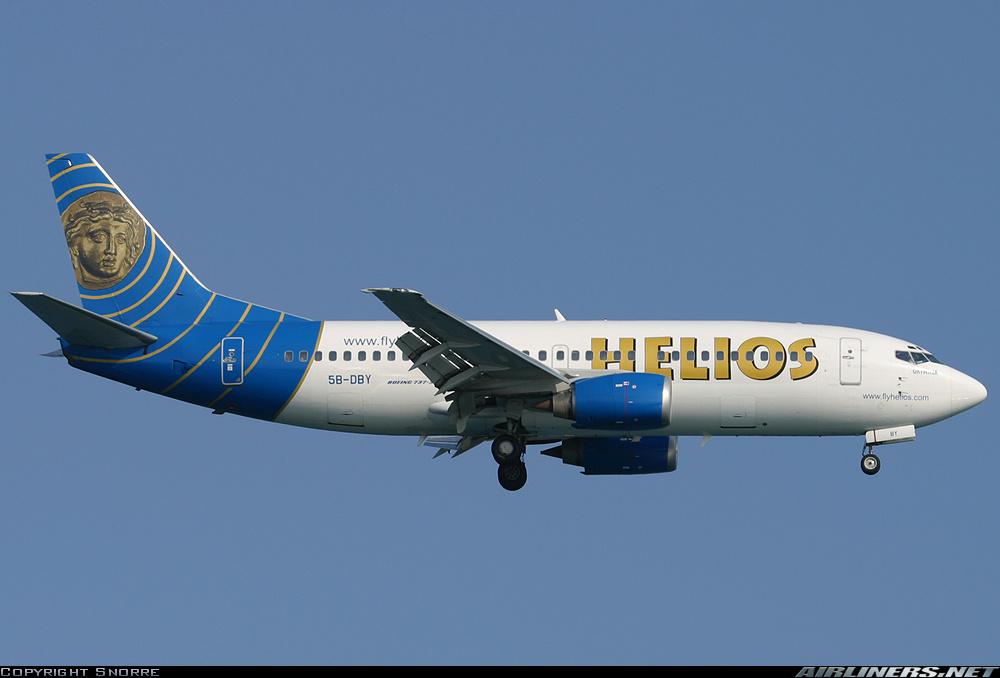

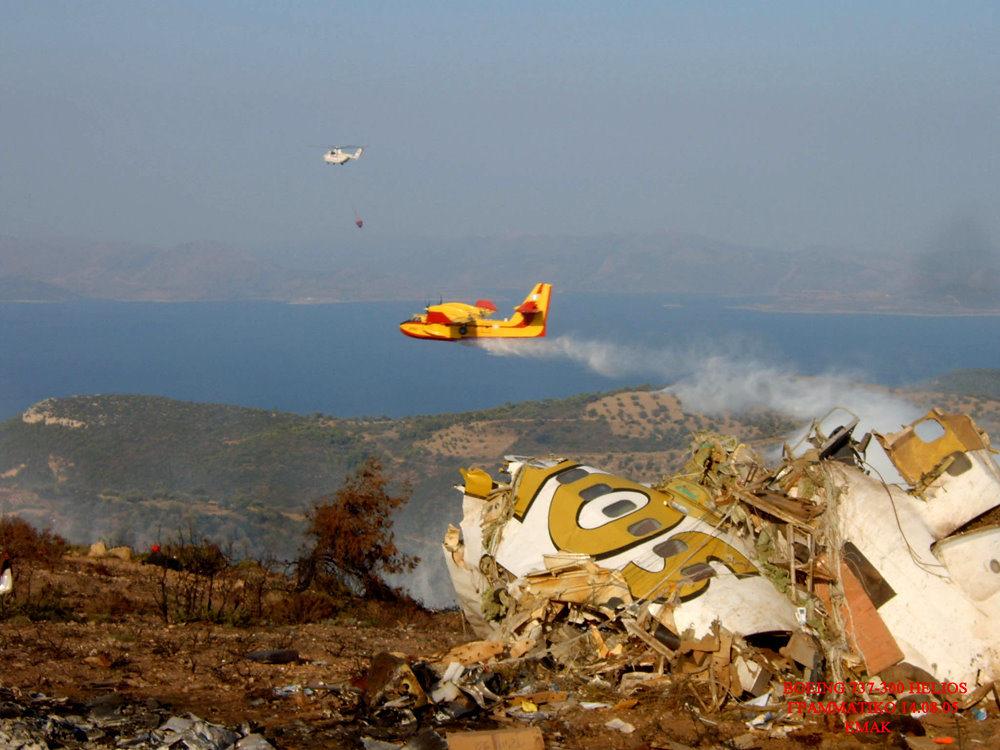
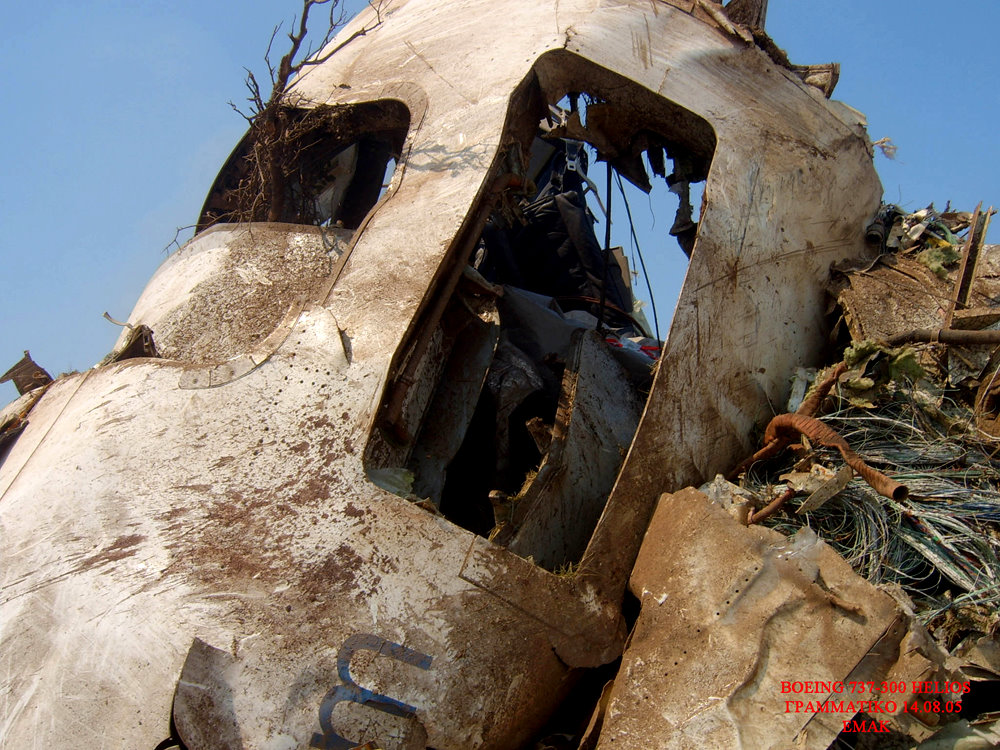
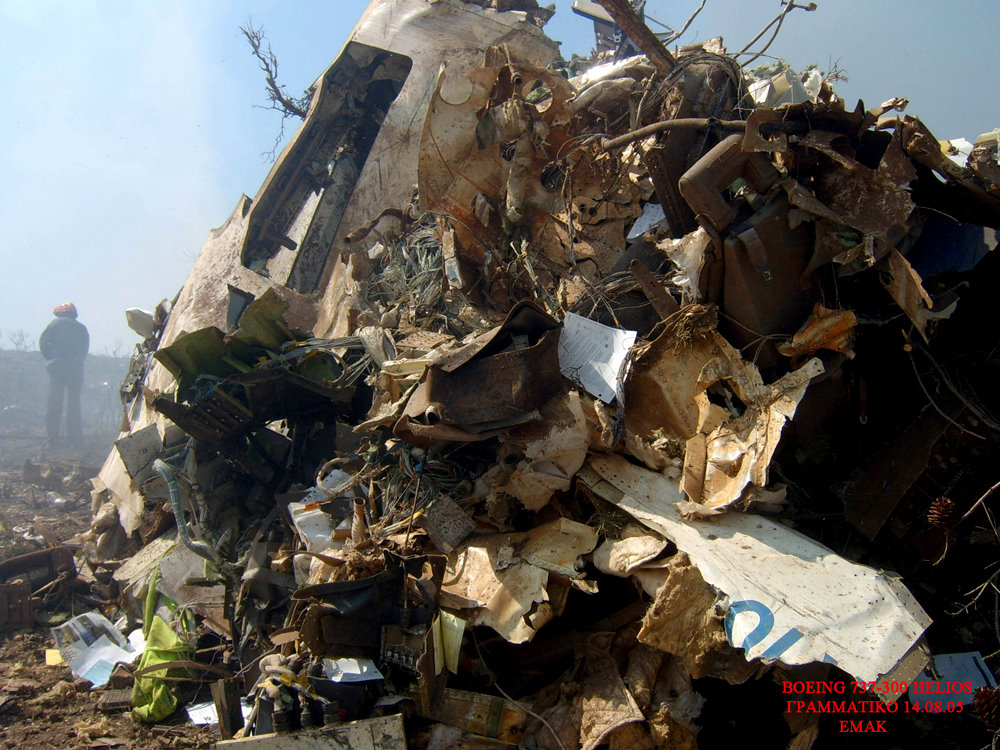
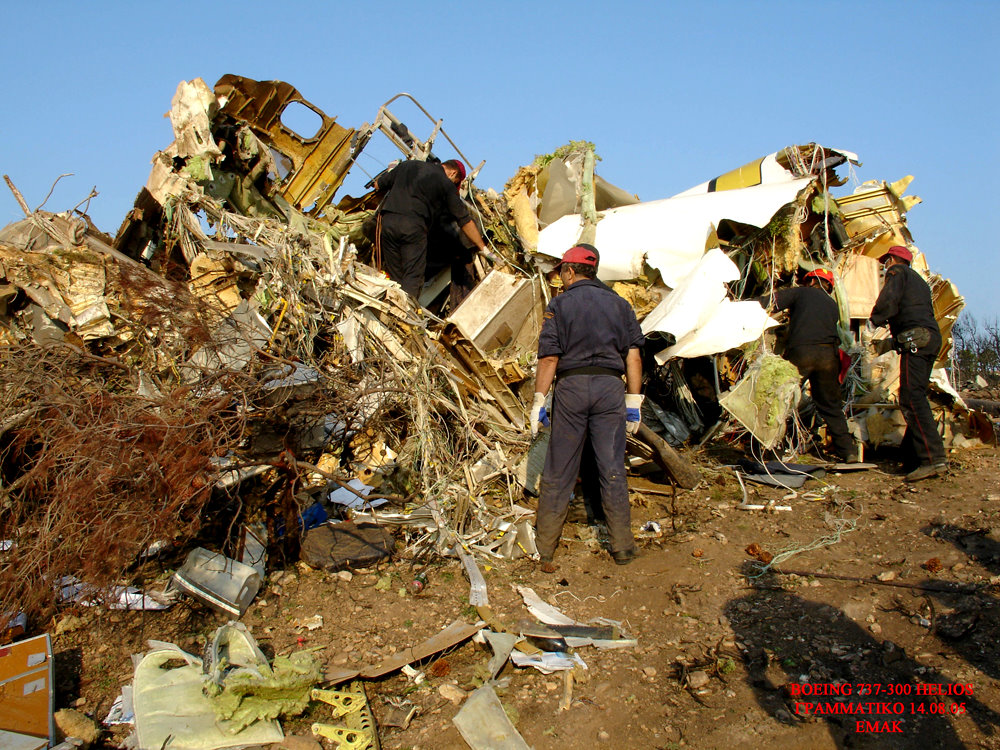
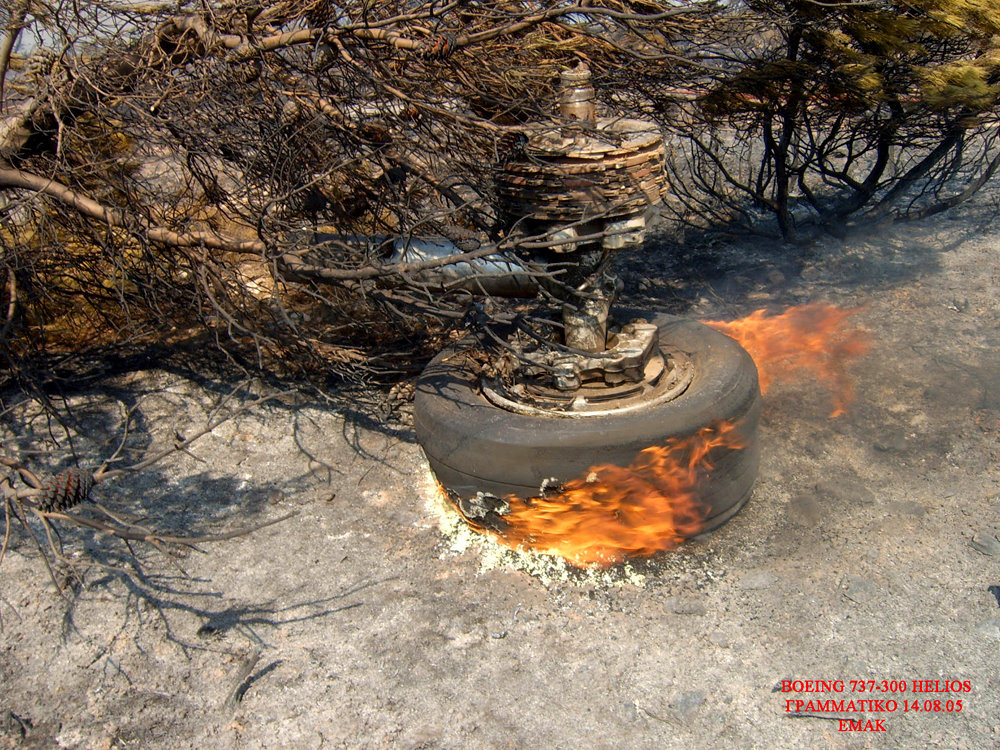

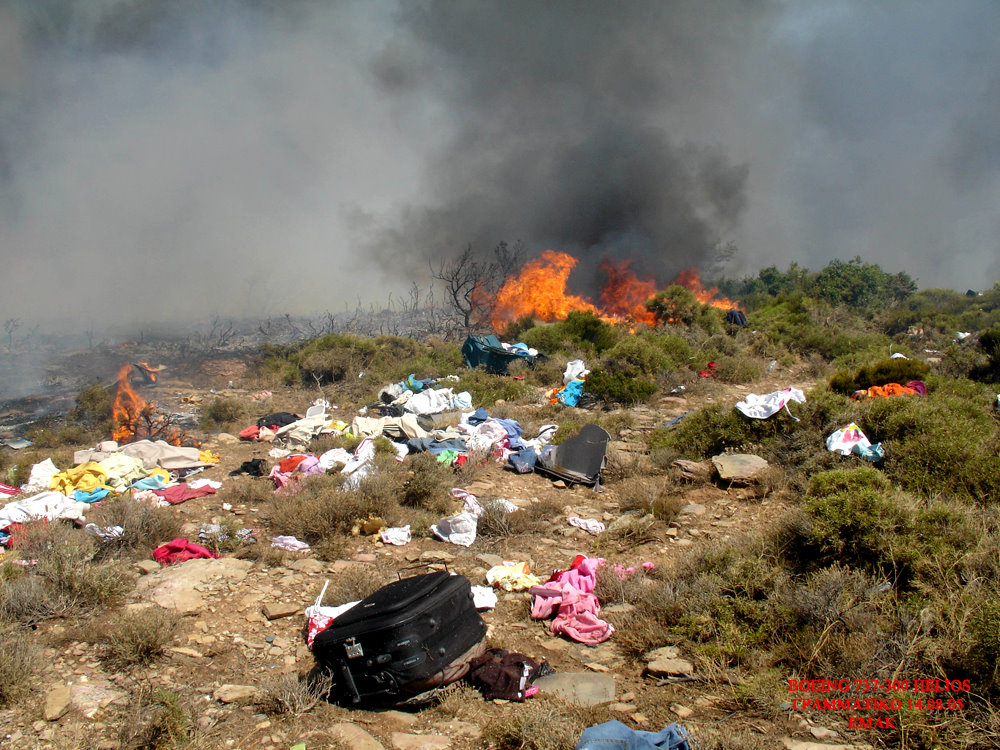

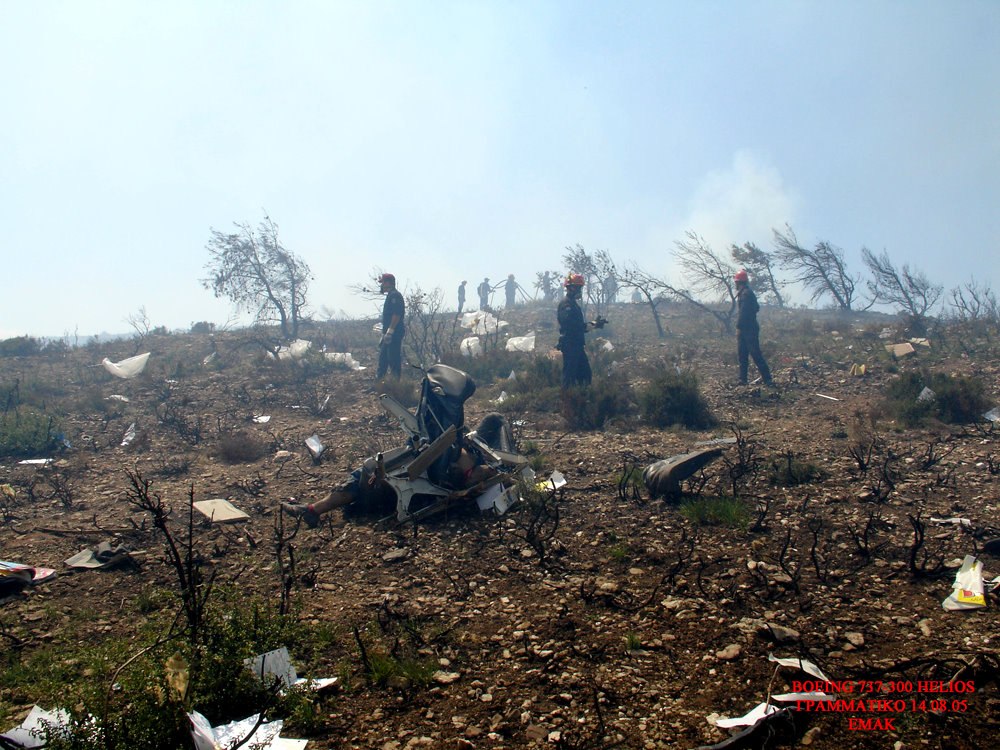
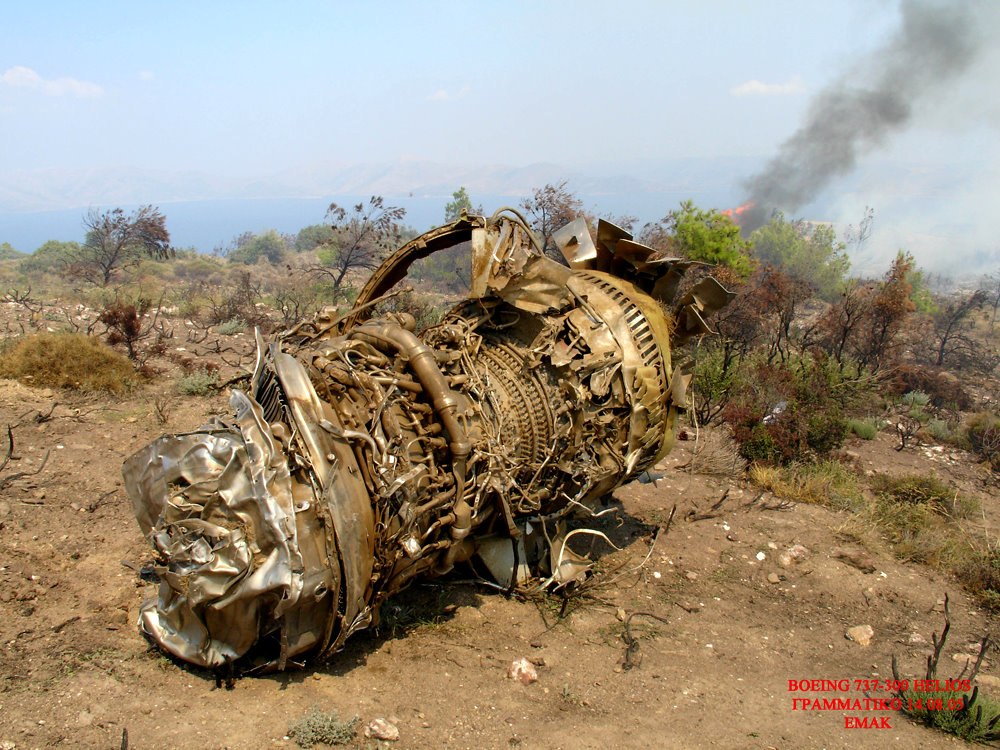


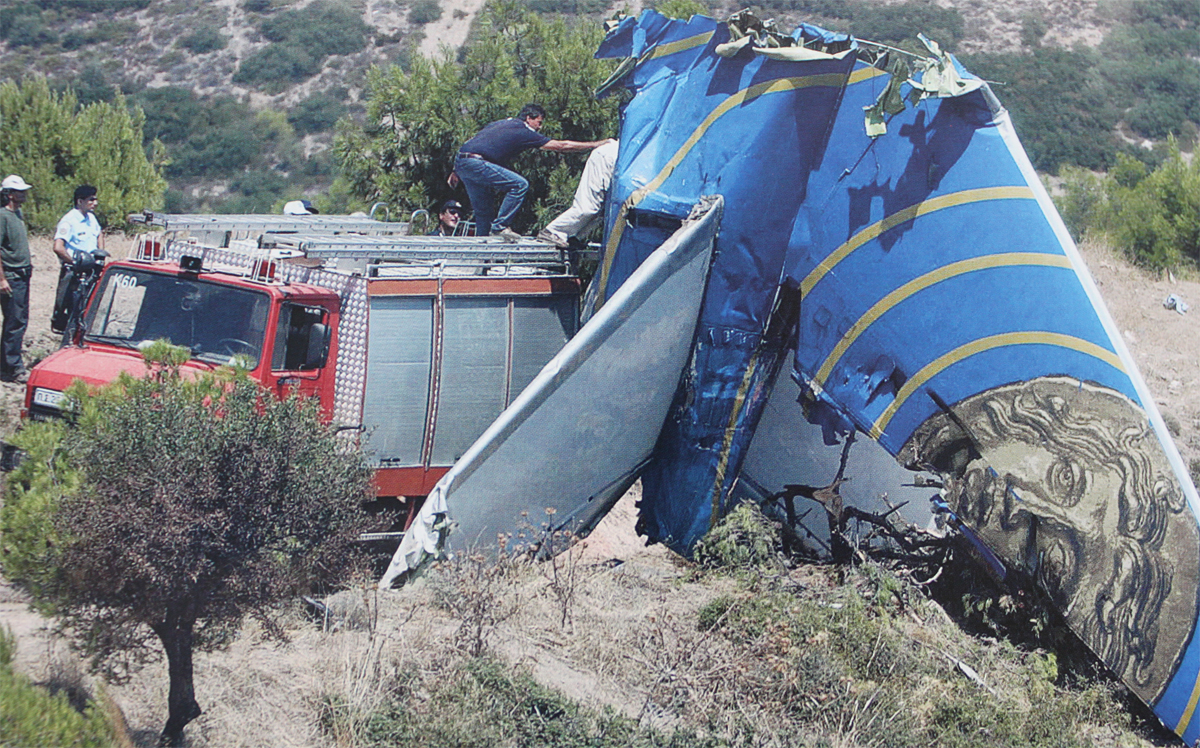


Crash of a Britten-Norman BN-2A Islander in Haifa
Date & Time:
Aug 17, 1995
Registration:
4X-CCO
Survivors:
Yes
Schedule:
Haifa - Larnaca
MSN:
139
YOM:
1969
Crew on board:
1
Crew fatalities:
Pax on board:
10
Pax fatalities:
Other fatalities:
Total fatalities:
0
Circumstances:
During the takeoff roll on runway 34, at a speed of 65 mph, the pilot pulled up on the control column to rotate. The nose gear lifted off briefly before touching down again. In such conditions, the pilot decided to abort the takeoff and initiated an emergency braking manoeuvre. Unable to stop within the remaining distance (the aircraft already rolled for 2/3 of the runway), the aircraft overran and came to rest in a rocky and bushy area. All 11 occupants evacuated safely while the aircraft was damaged beyond repair.
Probable cause:
It was determined that the pilot failed to prepare the flight according to procedures. No weight & balance sheet was calculated prior to departure. At the time of the accident, the total weight of the aircraft was above MTOW and its CofG was too far forward the permissible limit.

Crash of a Canadair CL-44D4-6 near Yerevan: 4 killed
Date & Time:
Jul 18, 1981 at 1544 LT
Registration:
LV-JTN
Survivors:
No
Schedule:
Tehran - Larnaca
MSN:
34
YOM:
1962
Crew on board:
3
Crew fatalities:
Pax on board:
1
Pax fatalities:
Other fatalities:
Total fatalities:
4
Circumstances:
After completing two round-flights from Tel Aviv to Tehran via Larnaca (Cyprus), the aircraft was returning to Cyprus after having delivered the third tranche of cargo to Iran (a load of tank spare parts and ammunition). On its return flight from Tehran to Cyprus on its third trip, while on a 300° heading to the Turkish border, the crew was instructed to turn left heading 240° direct to Cyprus. For unknown reasons, the plane went off course to the north and crossed the Azerbaijan border without any clearance. Few minutes later, a Soviet Sukhoi Su-15 fighter was dispatched to intercept the CL-44. According to Soviet accounts at that time the crew failed to respond to radio calls as well as signals from the fighter pilot flying close to the CL-44's nose. The cargo plane, while probably making the procedure turn to the left, tried to get away. In unclear circumstances, both aircraft collided. They went out of control and entered a dive before crashing about 50 km from Yerevan. All four crew people on board the CL-44 were killed while the fighter pilot was able to bail out and was found alive. It is unclear whether the collision was intentional, the Soviet pilot said it was a deliberate attempt to down the enemy aircraft, while Western aviation experts examining his account believed he misjudged a turn and subsequently invented a story of self-sacrifice.
Probable cause:
In-flight collision with a Soviet Sukhoi Su-15 fighter in unknown circumstances.

Crash of a Canadair CL-44-D4-1 in Akrotiri
Date & Time:
Nov 4, 1980
Registration:
5B-DAN
Survivors:
Yes
Schedule:
Dubai - Larnaca
MSN:
30
YOM:
1962
Flight number:
CY205
Crew on board:
3
Crew fatalities:
Pax on board:
0
Pax fatalities:
Other fatalities:
Total fatalities:
0
Circumstances:
Following an uneventful cargo flight (service CY205) from Dubai, the crew started the descent to Larnaca Airport when the pilot informed ATC about the failure of the left main gear that remained stuck in its wheel well. The crew was instructed to divert to RAF Akrotiri where the emergency services have been dispatched and the runway covered with foam. The crew completed a belly landing and after touchdown, the airplane slid for few hundred meters before coming to rest. All three crew members escaped uninjured while the aircraft was damaged beyond repair.
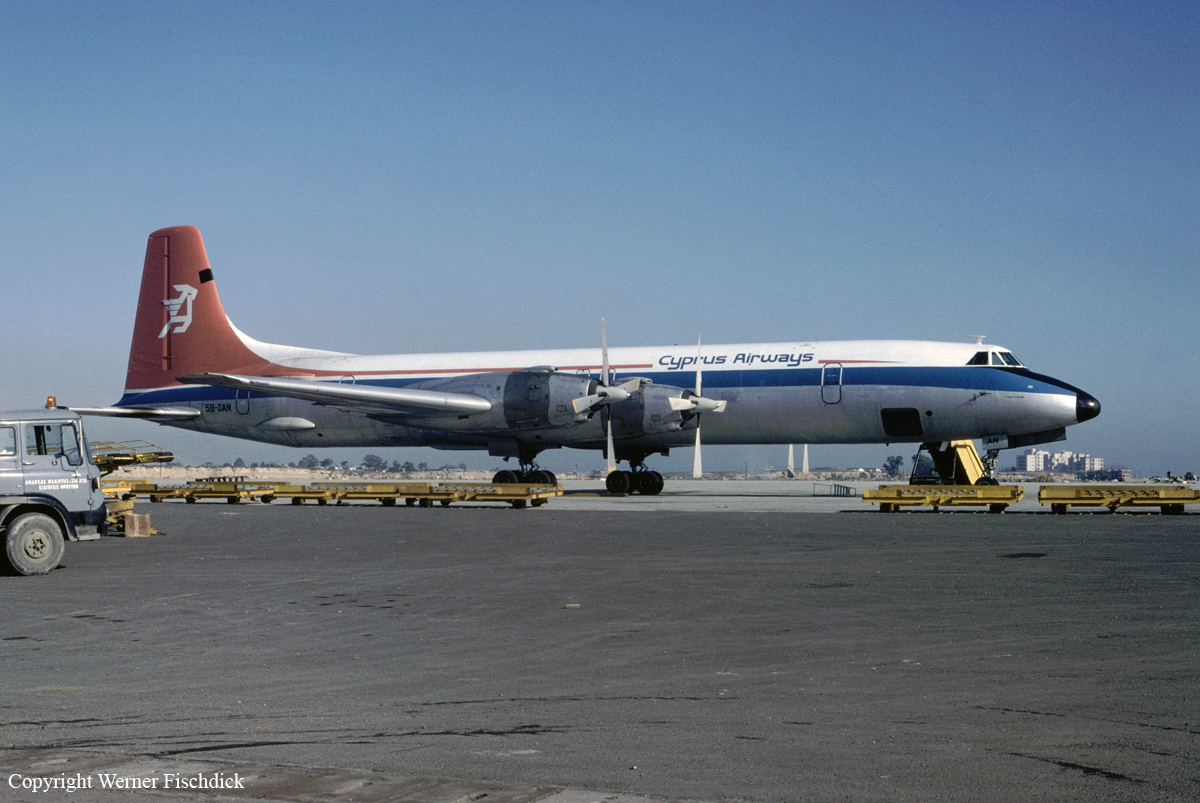
Crash of a Boeing 707-123B in Bahrain
Date & Time:
Aug 19, 1979
Registration:
5B-DAM
Survivors:
Yes
Schedule:
Larnaca - Bahrain
MSN:
17628/7
YOM:
1958
Flight number:
CY402
Crew on board:
8
Crew fatalities:
Pax on board:
73
Pax fatalities:
Other fatalities:
Total fatalities:
0
Captain / Total hours on type:
93.00
Circumstances:
The four engine airplane landed hard on runway 30 at Bahrain-Muharraq Airport. It bounced then landed on its nose gear first. Upon touchdown, the nose gear collapsed and the airplane slid on its nose for few hundred meters then veered to the right and came to rest. All 81 occupants escaped uninjured while the aircraft was damaged beyond repair. It appears the aircraft was unstable during the last segment.
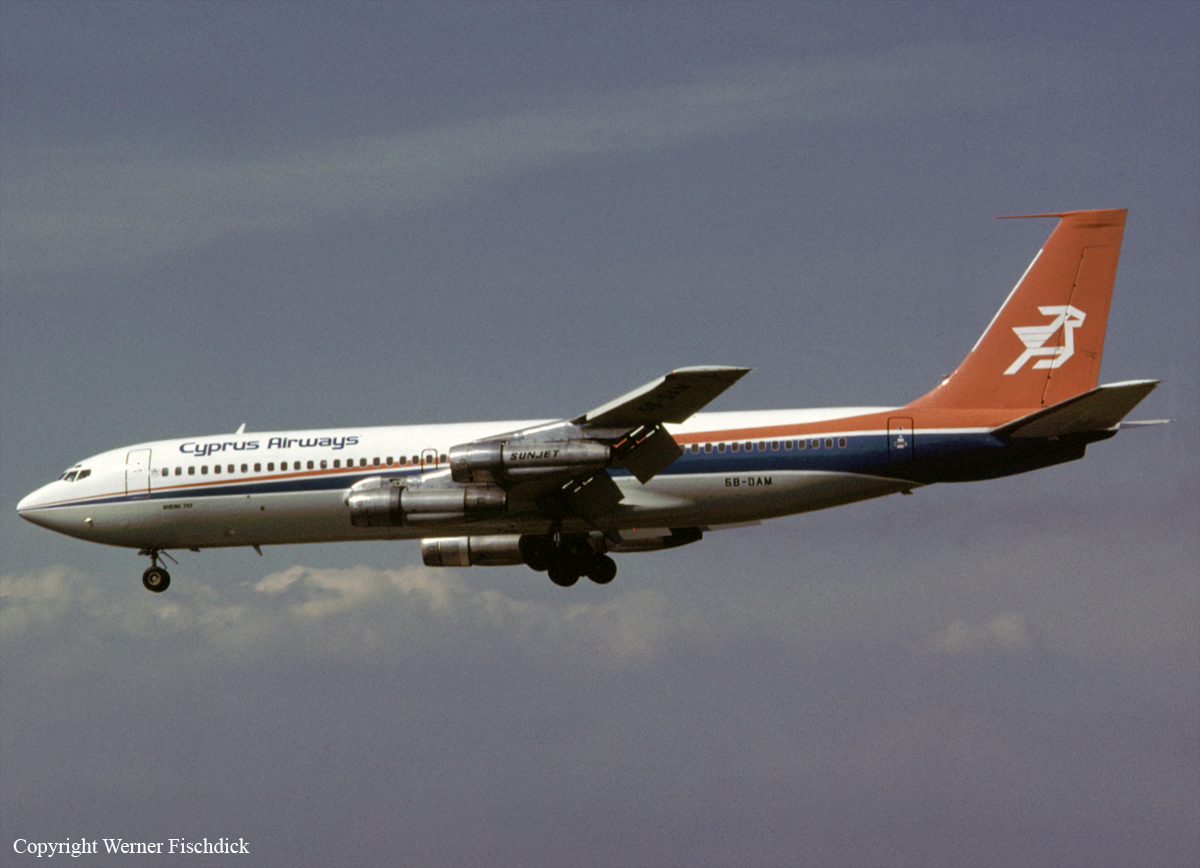
Crash of a Douglas DC-6B in Fanja: 4 killed
Date & Time:
Aug 27, 1978 at 2210 LT
Registration:
N122A
Survivors:
No
Schedule:
Muscat - Larnaca
MSN:
45327/819
YOM:
1957
Crew on board:
4
Crew fatalities:
Pax on board:
0
Pax fatalities:
Other fatalities:
Total fatalities:
4
Circumstances:
The crew just completed a cargo flight from Larnaca to Muscat and was flying back home. After a night takeoff from runway 26 at Muscat-Seeb Airport, at a height of 1,000 feet, the crew was cleared to climb to an altitude of 12,000 feet when the pilot-in-command initiated a 40° left turn. About three minutes after takeoff, the airplane struck the slope of Mt Hameem located near Fanja, about 20 km southwest of Muscat Airport. The airplane disintegrated on impact and all four crew members were killed.
Probable cause:
For unknown reasons, the crew initiated a left turn after takeoff from runway 26 instead of a right turn as in the published procedures.
Final Report:



